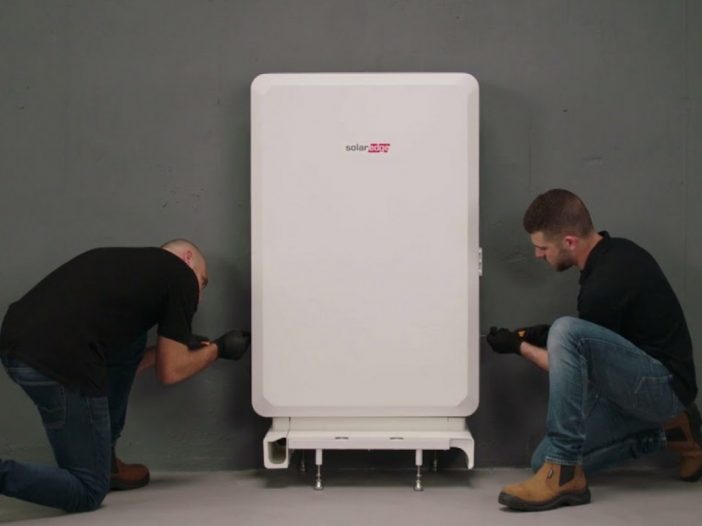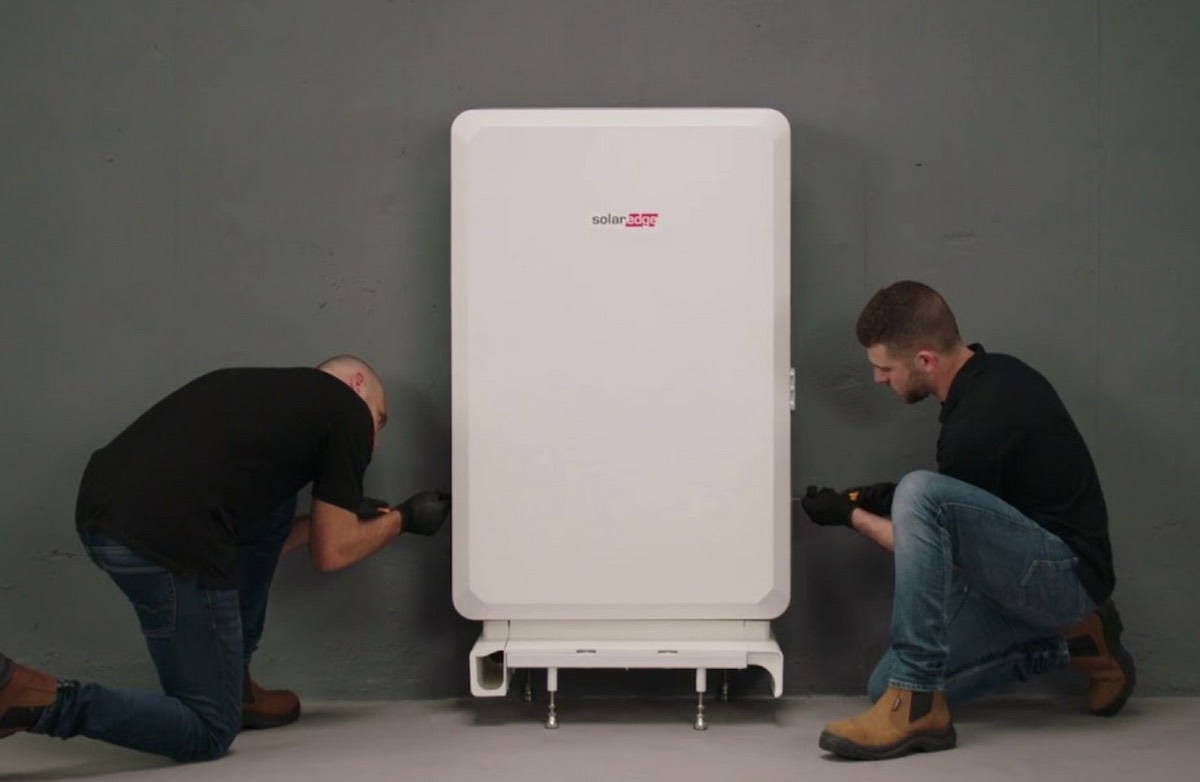
South Australia’s newly elected Labor government has come under fire from the state opposition, green groups and industry for its shock decision to dump the state’s Home Battery Scheme, as well as its Switch for Solar program, as part of its 2022-23 budget.
The decision to scrap the two renewable energy support schemes, introduced under the former Liberal Marshall government, was officially confirmed this week in a media release from state energy minister Tom Koutsantonis.
He later told parliament that the Switch for Solar program was “the most appalling policy” and declared the battery subsidy was already “dead.”
It is the decision to dump the state’s home battery subsidy that has come as a big shock to industry and consumer and green groups, considering the current price of installing a home battery still remains well out to the reach of most households, and the surge in wholesale energy prices across the nation.
The industry response to the news – in particular from battery manufacturers – has been mixed.
It is true that the SA scheme, not unlike the Victorian battery subsidy, has not been wildly successful in driving uptake for battery brands in Australia – but some discount is obviously better than none.
“Although I understand the logic behind the argument to cut the rebate to residential home batteries I don’t feel that the decision is a step in the right direction,” said James Sturch, a technical director at SolarEdge, which launched its new battery in Australia in March.
“The rebate has allowed South Australia to have more residential home batteries than any other state, which not only benefits the system owners but has created the unique benefit of being able to spearhead the develop of technical requirements for the level of DER penetration that all states will experience over the coming years,” Sturch said.
“In an ideal world the rebate ideally should have been able to remain as well as additional support provided for large scale to help reduce power bills for all of South Australians.”
Another leading manufacturer told One Step Off The Grid that the timing of Labor’s decision was “regrettable.”
“The South Australian Home Battery Scheme has created Australia’s highest attachment rate of home batteries to new solar systems, giving participants enhanced bill savings and energy security,” they said.
“It is regrettable that the scheme is now to be abandoned at a time when increasing electricity costs are affecting so many households.”
Other companies have pointed out that what will drive uptake is the sort of wild wholesale electricity market conditions that Australia is currently experiencing, which have sent spot prices to record highs, with little relief in sight.
Already, higher bills are being passed through to some consumers, and ultimately all consumers will feel the pinch, while the crazy prices are also forcing some energy retailers out of business.
“Current prices in the wholesale market are reminding consumers of the value of batteries,” said Mick Fell, GM of Arcstream, Qcells’ new VPP play.
“Batteries are of course more affordable for consumers when they join a virtual power plant program, or when they are able to access a rebate or low-cost finance. The industry needs to develop solutions that provide increased returns for consumers and reduce their upfront costs,” Fell said.
“The Australian energy market is experiencing record levels of wholesale pricing volatility, which is driving significant increases in energy bills for consumers,” said Tim Latimer, head of sales and marketing for sonnen Australia and New Zeland.
“Coupled with all-time low feed in tariff rates, the economic benefit to battery system owners and those looking to install household energy storage is as good as it’s ever been,” he said.
“This is really the worst time to be cutting programs that help households be more energy independent because right now coal and gas prices are driving electricity costs through the roof,” said Stephanie Gray, deputy director at Solar Citizens.
“Now more than ever state governments need to be providing policy and funding support so that households and businesses can get their bills under control with solar and storage.
“If the programs weren’t working as effectively as the South Australian government would like, they should have reworked the details, not scrapped them,” Gray said.
The subsidy currently offers households a $2,000 discount on the cost of installing a battery, with a number of brands and/or energy retailers offering further discounts or deals in connection with virtual power plant participation.
The establishment of virtual power plants that will help to pool and manage the behind-the-meter resources of Australia’s millions of solar homes is considered one of the vital ingredients of future renewable grids. The installation of batteries, in turn, is key to the success of VPPs.
Just this week AGL Energy launched a new deal offering up to $1,500 to SA customers – and $1,000 to customers in other states – who finance their home battery through Plenti and connect to the utility’s VPP. AGL noted in the release that this would be on top of existing state subsidies.
But Koutsantonis argues South Australia’s battery scheme has been a failure and says the Malinauskas government will wind it back starting next month, with the remaining $19 million in funding to be reallocated to an expansion of the state’s the hospital system.
“The Liberals’ Home Battery Scheme failed to get anywhere close to hitting its targets… The four-year-old scheme …has not even reached half of its targeted 40,000 homes,” he said in a formal statement.
“The former Liberal government ignored the low uptake and consistently reduced the subsidy. It started at $6000 and reached a low of $2000. They even had plans to reduce it even further,” he added.
This point was reiterated rather more floridly in parliament.
“It’s a genius scheme, and I’m sure in some alternative universe somewhere this would have worked. I’m sure there is somewhere in the world where, by decreasing the subsidy continually, you increase the uptake of batteries,” the minister said.
“Think of it: they start out offering a $6,000 subsidy on the battery, then it gets down to $2,000. Battery prices are increasing, and members opposite would have us believe that the uptake would increase. This scheme was dead.”
Opposition leader David Speirs slammed the decision in parliament on Wednesday.
“Just one day after this house declared a climate emergency in South Australia, the Minister for Energy and Mining told InDaily that the … [two] programs, which encourage renewable energy uptake and, importantly, ease cost of living for some of the most vulnerable South Australians, will be axed,” he said.
The South Australia Greens were also unimpressed, with MLC Robert Simms saying that at a time of climate crisis, Labor should be supporting and enhancing programs designed to reduce carbon emissions.
“Axing these programs might deliver the new government some budget savings, but this decision will come at a huge cost to our environment. South Australians will be dismayed by this short-sighted thinking,” Simms said.
Conservation Council SA chief executive Craig Wilkins also criticised the move, and in particular the timing, following the declaration of a climate crisis and as electricity prices around the country soar to eye-watering highs.
“If it is just about cost-saving, then it is very disappointing in the wake of the government’s declaration of a climate emergency, because we know the shift to clean energy is an essential part of that response to an emergency,” he said.
“South Australia is genuinely a global leader in renewable energy and that has been built on the back of programs such as the ones that are being scrapped.”

Sophie is editor of One Step Off The Grid and deputy editor of its sister site, Renew Economy. Sophie has been writing about clean energy for more than a decade.



